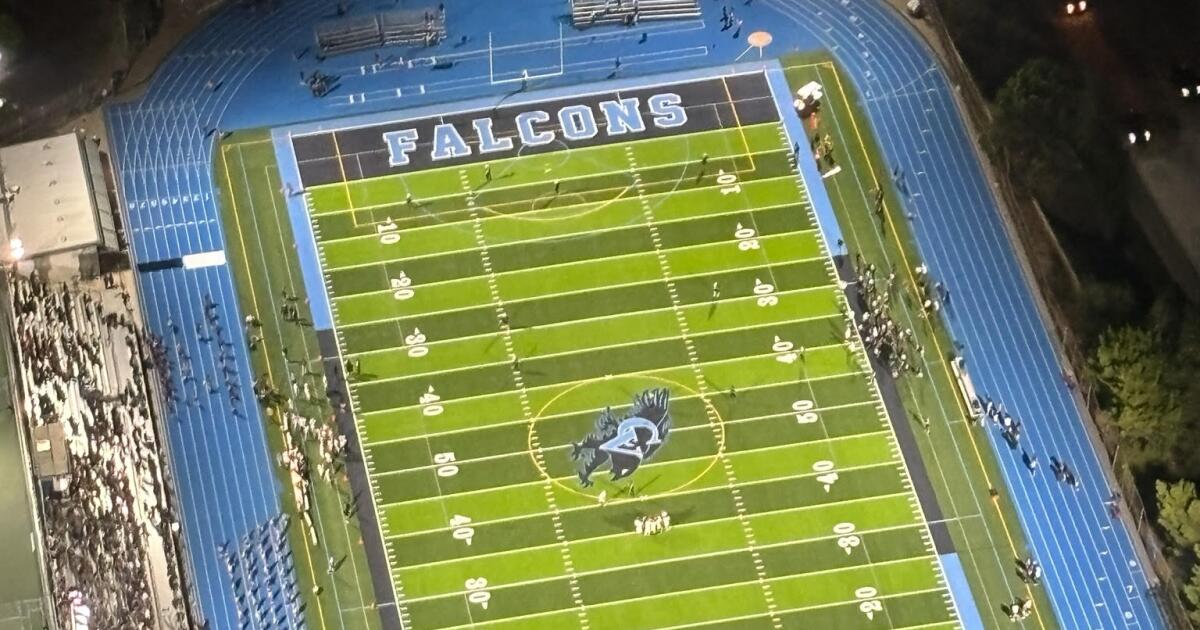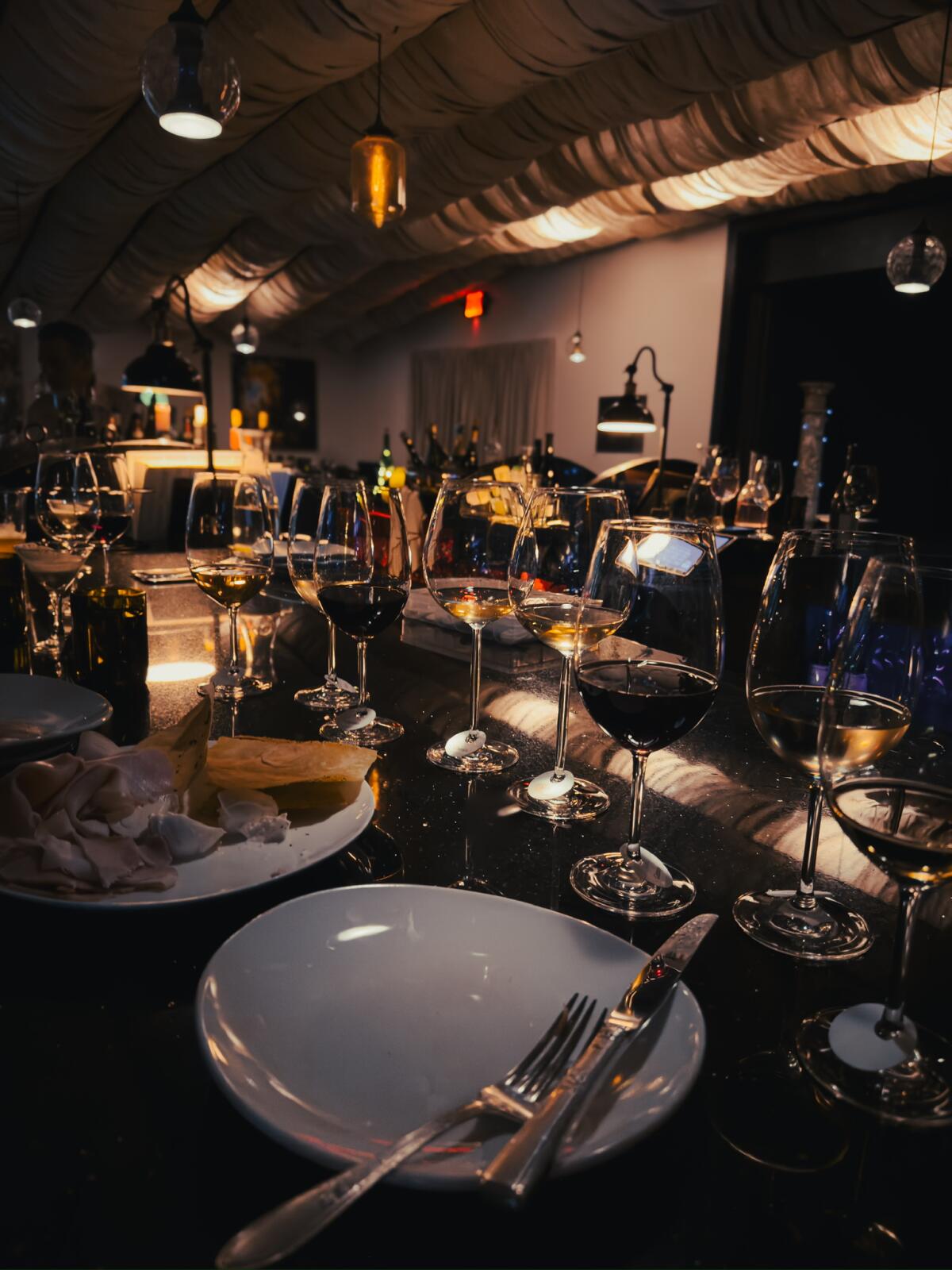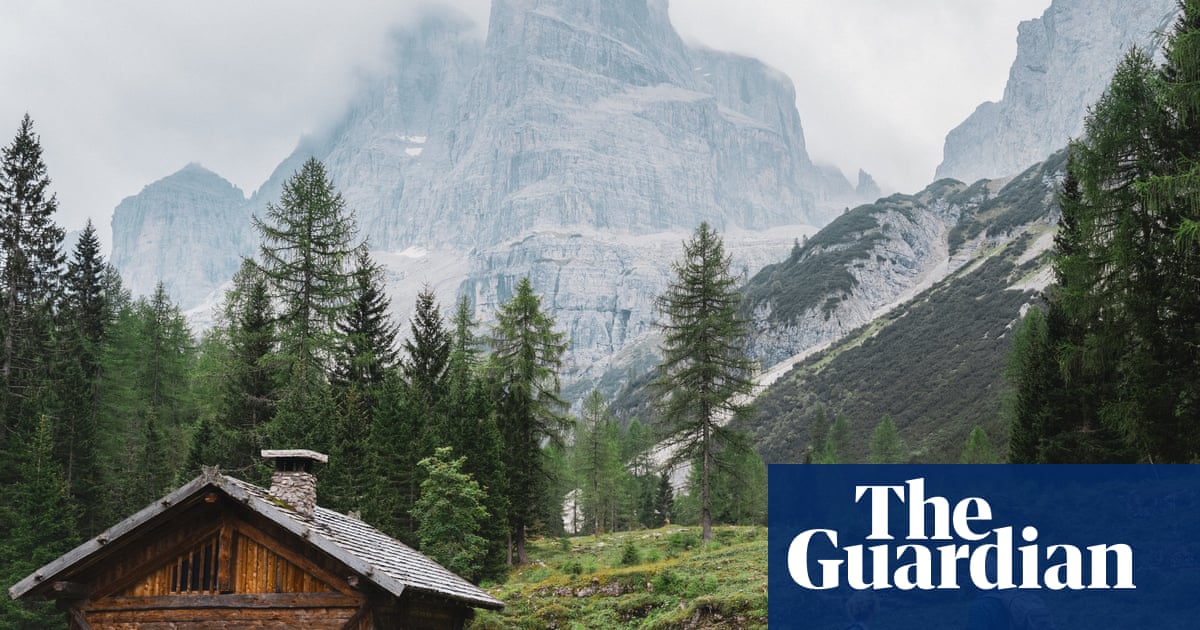Former Coronation Street star Sarah Lancashire ‘knew when to stop’ doing Happy Valley despite its major success, according to the show’s creator Sally Wainwright
Sarah Lancashire ‘knew when to stop’ doing Happy Valley despite its major success. The actress, 60, starred as Catherine Cawood in Sally Wainwright’s hit drama over the course of three series that were filmed over a decade, and even helped write its final episode, which pulled in almost 10 million viewers.
Despite the show’s incredible popularity, creator Sally, 62, insisted that a short run had always been agreed upon. She told The Sunday Times: “Sarah’s good at knowing when to stop and when to say no. There were a couple of things in the script that she wanted to question, and it was a good process.”
However, fans of the programme need not be disappointed as seasoned television writer Sally explained that she and Sarah, who won a BAFTA for her portrayal of policewoman Catherine, are already working on a new project together, insisting that they are ‘still friends’ and the character is ‘still there’ in their minds.
READ MORE: BAFTA TV Awards viewers fume as BBC drama Happy Valley snubbed for Best Drama SeriesREAD MORE: Sarah Lancashire’s life after Happy Valley – stepping back from acting to acclaim
As well as Happy Valley, Sally is also the creator of several other hit series such as Last Tango in Halifax and Gentleman Jack. She started out writing episodes of radio soap The Archers before going on to work on Coronation Street, which turned Sarah into a household name when she was cast as barmaid Raquel Wolstenhume, in the late 1990s.
Following the advice of late TV writer Kay Mellor, she went on to create At Home With The Braithwaites, which starred Amanda Redman as a woman who had won the lottery but tried to keep it all a secret from her dysfunctional family. Reflecting on those early days of her career writing episodes of the long-running ITV soap, Sally admitted that she worked with some ‘fabulously clever’ people at the time.
She said: “The Coronation Street storyline meetings were amazing. There were some fabulously clever story-makers. Dialogue comes easily, characters come easily, but story is relentlessly hard. I have to just really bash it out. With Happy Valley, I do pride myself on the last episode being just as good as the first episode.”
The scriptwriter previously admitted that she got ‘bored’ of writing for the soaps because of how all the stories had become so similar, and acknowledged that viewing habits have changed dramatically in recent years as streaming services have become the norm.
“I think one of the reasons I got bored of the soaps (is that) all the stories got a bit samey,” she admitted. Referencing the amount of choice TV viewers now have, Sally added: “There is so much content, it is increasingly easy for people to turn over.”
She explained: “You’ve got to be captivating your audience moment by moment… its seems increasingly important.” Discussing her time on Corrie, Sally revealed that she did not initially have the ‘confidence’ to contribute to storylines at Coronation Street.
Sally said she was ‘in awe’ of everyone who worked in the writer’s room when she joined, which had two women within its 15-writer team at the time. Wainwright recalled that it was a time when writers would go to the pub at lunch which she said would mean the afternoon could be a ‘bloodbath’
She added: “It wasn’t a nasty atmosphere, it was very lively and often fun.” Wainwright revealed that writing is how she can ‘make sense of the wppr;d’. In a discussion with broadcaster Adrian Chiles, she reflected on how she began writing as a child with her sister creating strip cartoons and plays.
“It’s just a childhood habit that has continued,” Sally explained. “I make sense of the world by writing about it. I also love the idea of writing dialogue, creating characters, I love the idea of making people say things, I love the actors and love the whole process of drama.”
Follow Mirror Celebs on Snapchat, Instagram, Twitter, Facebook, YouTube and Threads.









